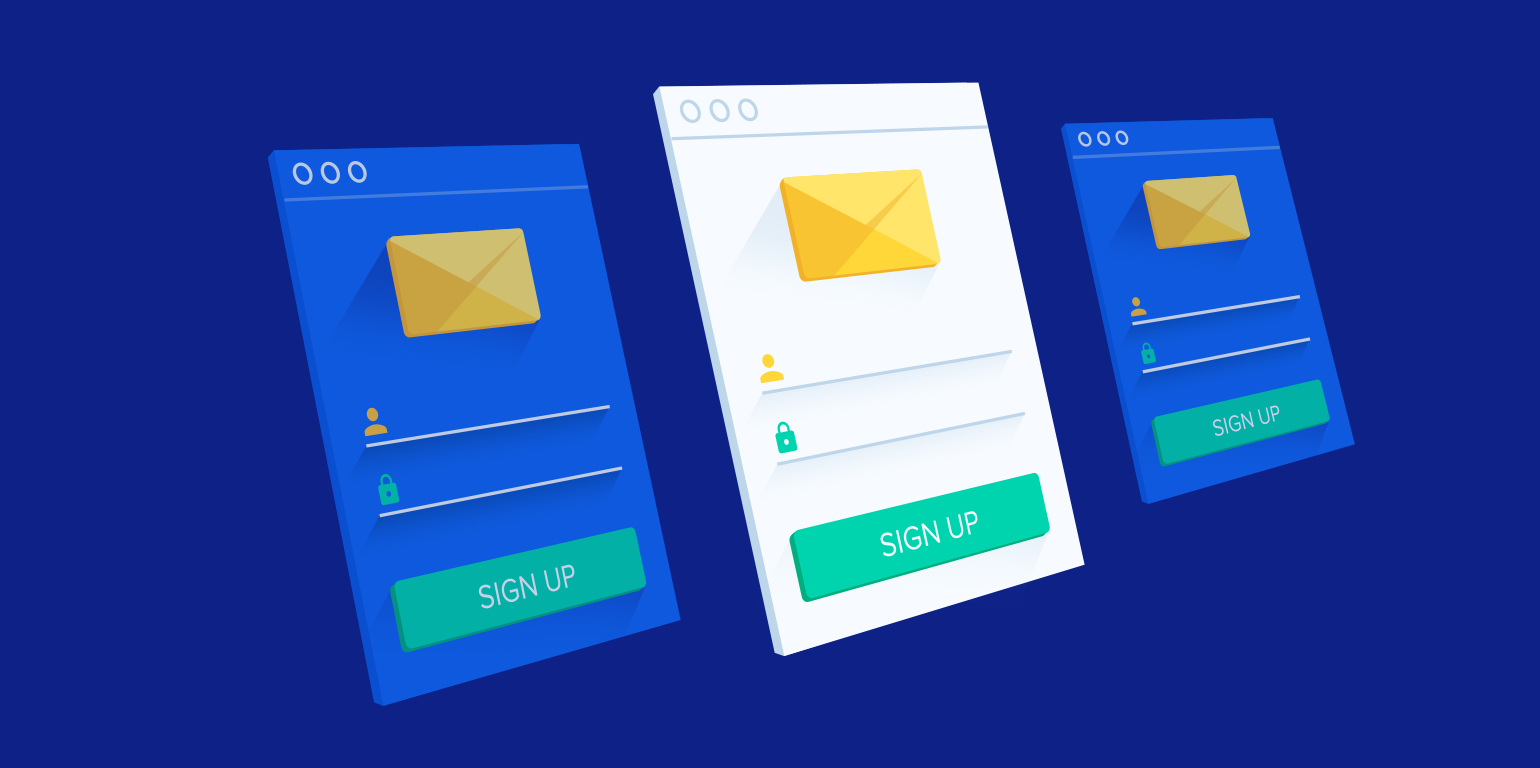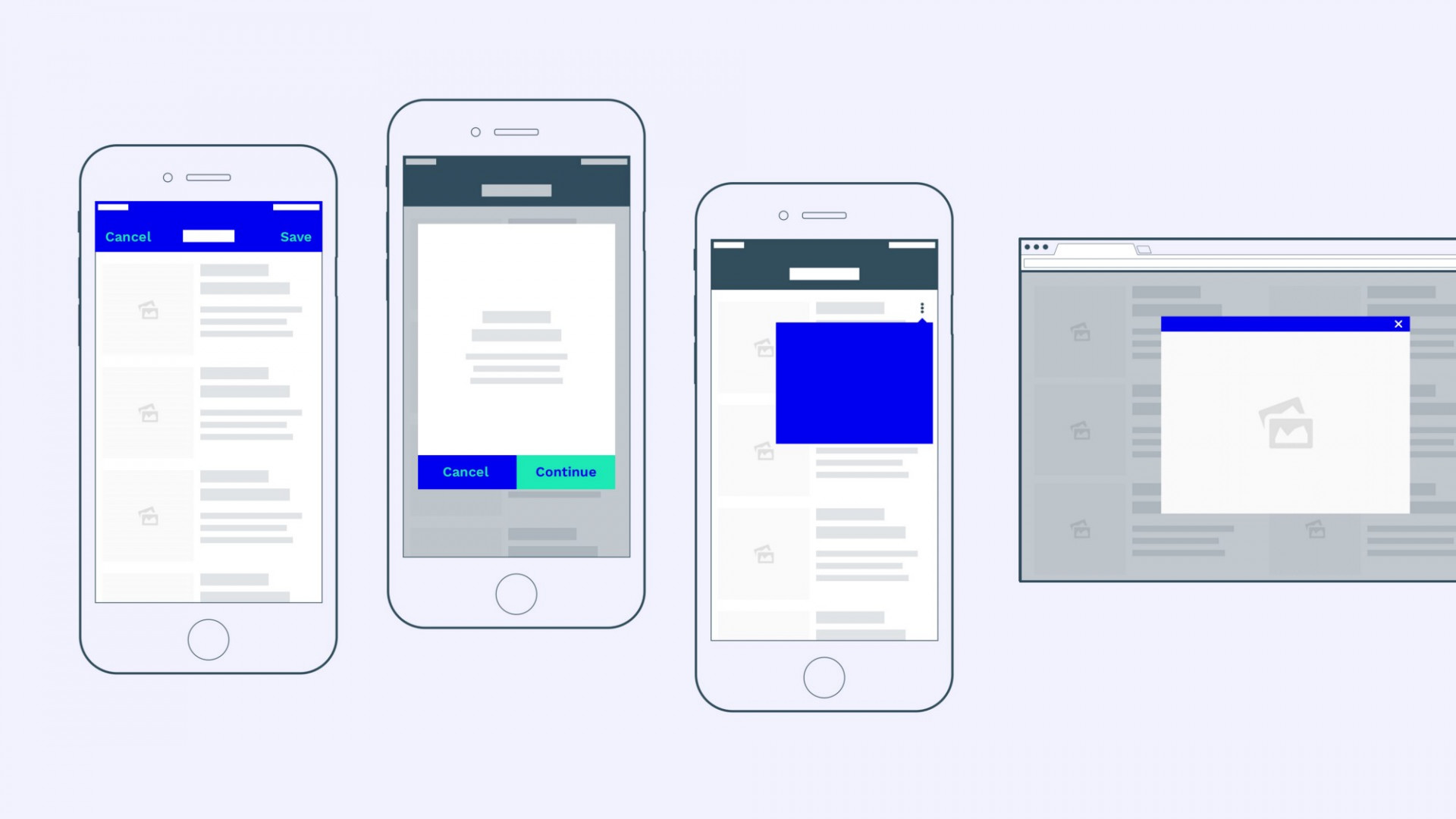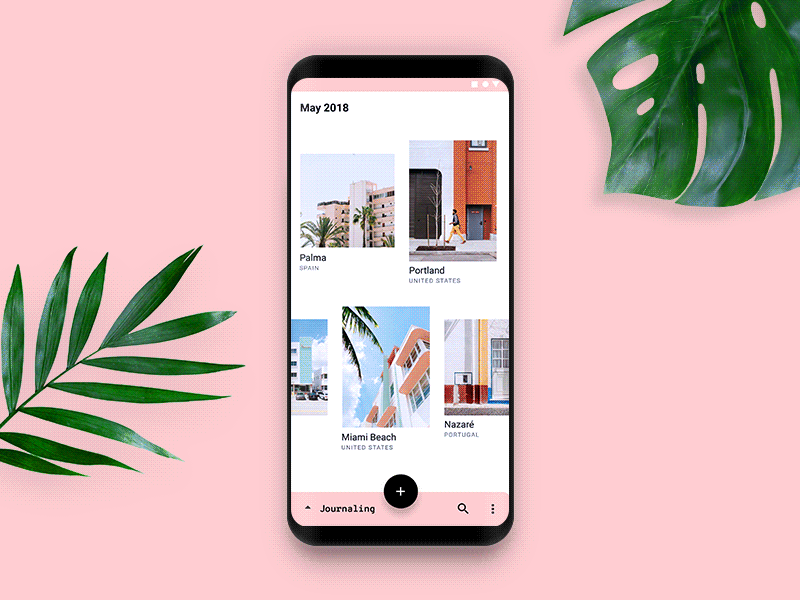USER RETENTION MOBILE ON-BOARDING
Mobile apps have become an integral part of digital life. Today one can find several mobile apps for their single requirement. So to a built and design a successful mobile app with a plethora of features in this hard-core competition is not at all an easy job. Several metrics determine the success of a mobile app. Such as retention rate, Daily & Monthly active users (DAU & MAU), Lifetime Value (LTV), ROI, user-friendly, low user abandonment rates, and many more. Now the question is how do we achieve these long-term success metrics?
One of the answers to this is “Efficient Customer Onboarding”. User-friendly customer onboarding helps in a great way to convert initial downloads to super-engaged users. Let us explore the best practices adopted to achieve a mind-blowing Onboarding experience.
 Develop a seamless path
Develop a seamless path
Customer Onboarding should be very simple with overall navigation flawless. In just a few steps and with a highly less resistance path the user should be able to create an account or get educated about the important features without using too much of his brainpower. The developer should ensure that the design is kept simple, as not all users are tech-savvy. It should be intuitive without any cluttering so that the user can start using the app instantly. Such no resistance path can be achieved with the following:
- Benefits Orientation – On-boarding with benefits orientation approach is an ideal way to make the user understand the silent features of the app and the value it would add to them. This attempt helps in conversion, which is one of the metrics for the success of the app.
- Function Orientation – On-boarding with function orientation approach focuses on explaining the functionalities of the app and how to make the best use of the app by displaying its advanced functions in a very precise and focused manner.
- Progressive Onboarding – This approach gives users the flexibility to discover the app on their terms and requirement. It does not share the complete information all at once but offers systematic tutorials to understand the app at its best. This progressive Onboarding works great for apps having hidden functionalities, multiple sections, and intricate workflow.
- Hybrid – In this, the developer makes use of two or more options from above as per the need of the end-user.
 Minimum Sign-up/Login fields
Minimum Sign-up/Login fields
One of the most important approaches while on-boarding is to keep the login/ sign up field’s minimum especially when the app is opened on a mobile. The mobile screen is quite small hence; most people find difficult typing and end up with lots of errors while entering the data. Hence, it is advisable to keep inputs from the user minimum by making some smart choices like:
- Field Masking – This technique provides a mask when the user selects a field and automatically formats the inputted text so that the information is filled immediately and accurately.
- Autocomplete – Smart Autocomplete powered geolocation and address prefilling enables the users to auto-fill the address that too with minimum keystrokes and errors.
- Immediate check on field values – It is very crucial to have an auto check on all the information filled in the form before it is finally submitted to save time and energy of the user.
- Customize Keyboard – This should be implemented through the application so that typing a number, email or other text becomes just a matter of few seconds
 One Screen, One Concept rule
One Screen, One Concept rule
Any information that is precise and focused is easily digestible. The same rule goes with a mobile app. The on-boarding screen of the app should be able to share all the information related to functionalities, benefits on one screen so that the user does not feel overloaded, and understands the whole concept of the app just in few minutes.
Immediate Feedback
It is very important while onboarding screen that the user keeps getting the feedbacks indicating the success or error in the validation process. Notification on any errors should be immediate and more importantly clear and contextual so that even a non-technical user understands the error and can easily rectify the same without any glitches. Error messages should convey what went wrong and why? Feedbacks should also share the necessary steps to be taken to fix the problem in a very simple language. Error handling holds a great impact on UX. Poor error handling coupled with unclear error messages or feedback result into abandon of app by the user.
Guided Interaction
Guided interaction during mobile onboarding is like engaging the users with a fun-filled experience rather than giving them lengthy tutorials on what they have to do. Interactive tours are well understood and it starts just when the user reaches the appropriate point of his experience. This concept is well accepted in video games and with apps with empty states.
 Use of Animation
Use of Animation
Animation in mobile on-boarding experience comes with advantages like reducing the cognitive load, prevents change blindness, and many more. Creative animations work like magic to immediately draw the attention to elements, give accurate feedback in response to user’s actions, provide system status, and give a tutorial on how to interact with the interface and many more
Repeated Test
Mobile on-boarding is all about user experience. Hence, one should keep on doing repeated tests based on reviews and feedbacks of the users and come out with the best option after working on problematic areas.
Concluding lines
For the success of any mobile app, it is very important to own a seamless on-boarding process so that its value and features are well understood and enjoyed by the user. Mobile On-boarding works as a key player for long-term user retention and offers a great base needed for the success of the entire venture.






